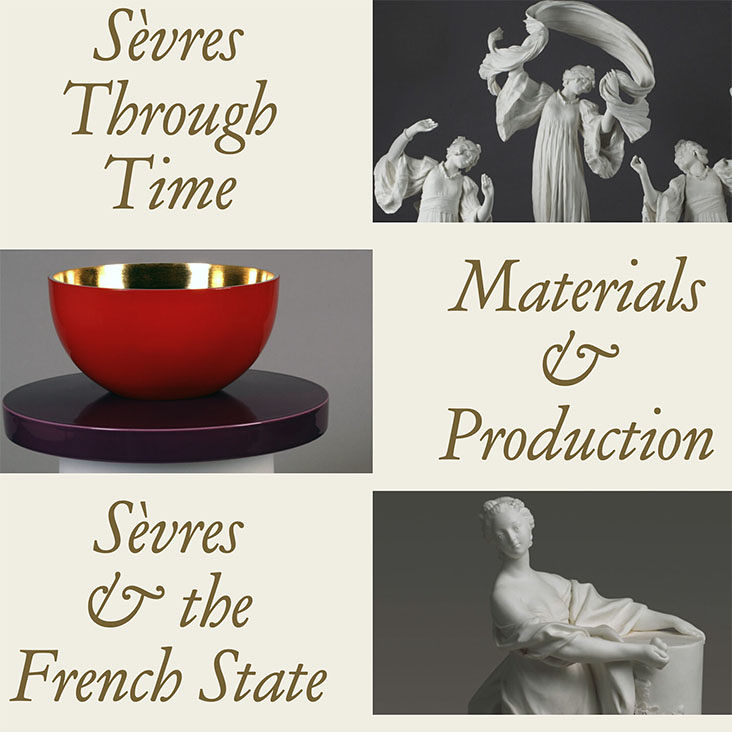On February 23, 2016, Bard Graduate Center held its second ‘Keyword’ panel in a series that focuses on conservation-related topics and research. Four panelists discussed several important issues regarding the conservation of contemporary art in the Panza Collection at the
Solomon R. Guggenheim Museum in New York City. The panelists were Glenn Wharton, Jeffrey Weiss, Sherri Irvin, and Francesa Esmay. Each panelist analyzed one of the following words in reference to conservation work: integrity, preservation, intention, and reversibility/retreatability.
During their individual talks, the four panelists explored the significance of these words in regards to the preservation of works by artists such as Dan Flavin and Robert Morris in the Panza Collection. This collection of Minimalist, Post-Minimalist, and Conceptual Art consists of over 350 pieces originally acquired by the Italian collector Giuseppe Panza di Biumo. The museum bought the collection in the early 1990s, and a 2010 grant from the Andrew W. Mellon Foundation allowed the Guggenheim to establish The Panza Collection Initiative, a multi-year conservation project devoted to researching the works and artists in the collection. Through the efforts and research of the Panza Collection Initiative, which is still ongoing, the museum’s staff hopes to formulate the best and most appropriate preservation and display practices for the Panza Collection.
Glenn Wharton, a Clinical Associate Professor of Museum Studies at New York University, spoke first at the “Keyword” panel on the value of integrity in conservation practice. He discussed how integrity is normally defined as a quality that refers to objects as well as people in relation to others. The word brings up the qualities of wholeness and honesty, and it is used in the literature and guidelines in the conservation field. Wharton shared how currently many scholars and collecting institutions accept that objects have “multiple lives,” and these varied contexts and histories must be taken into account when researching how objects should be preserved. He noted that there is not only “one true nature” of an object. Using the example of Robert Morris’ Untitled (Corner Piece) (1964), a work in the Panza Collection, Wharton described how a contemporary art piece might not be an original but rather a re-fabricated work that is one of multiple copies made of different materials. In this case, Wharton explained that “it’s a question of material integrity.” He shared how conservators and curators have to analyze the history of the original concept and constructed piece but also look at the life of the work in its varied re-fabricated states. After his presentation, Jeffrey Weiss spoke about considerations for the preservation process of the Panza Collection.
As the curator of the Panza Collection at the Guggenheim, Weiss has led the ongoing conservation project at the museum with conservator Francesca Esmay. In his talk, he discussed how many artists during and after the 1960s allowed their art pieces to be re-fabricated and made in different materials. This process was usually sanctioned by the artist and carried out according to the artist’s instructions for the design and construction. However, the collector Giuseppe Panza di Biumo made iterations of pieces in his collection without permission. Also, Weiss shared how artists sometimes chose to purposefully change works in the collection. For example, the artist Dan Flavin updated the technology of his work untitled (to Henri Matisse) (1964) in 1990, thus altering the piece from its original state. Weiss then explained how the problem of authenticity regarding pieces in the Panza Collection is directly connected to preservation issues. He highlighted the challenge of preserving works that had multiple copies, using Morris’ Untitled (Corner Piece) as a case study. Morris made several fabrications of the work, and he used different materials to make it over time. Weiss stressed how art pieces can have complex histories pertaining to their making processes and materials, and this affects preservation methods.
Sherri Irvin, the President Research Professor of Philosophy and Women’s and Gender Studies at the University of Oklahoma, spoke next during the event, and her presentation discussed the intention of the artist and its importance in conservation practice. She observed that when a contemporary artist such as Robert Morris creates copies of a work, the artist does not necessarily see an “original object” but rather “manifestations” of a concept. Like Wharton and Weiss, Irvin spoke about Morris’ choice to make copies of Untitled (Corner Piece) in several media—plywood, steel, and fiberglass. According to Irvin, these pieces were made by an artist who intended them to be iterations of a work. Even though the artist chose to use a different material to make the piece again, it does not mean that the previous or different copies could no longer be considered manifestations of the concept. Irvin argued that when museums acquire these works, the curators and conservators can choose to preserve them, even if they are no longer in the medium preferred by the artist. She stated that the original work or early copies are significant and should be preserved, and she also believed that an artist’s new versions of a work are valuable since they help scholars understand the history of the concept and its varied properties.
Francesca Esmay is the conservator working with Weiss on the research and preservation of the Panza Collection. For her talk, she discussed the concepts of reversibility and retreatability in conservation. These words normally refer to the practice of applying reversible or visible treatments to a work that do not interfere with its integrity or completely erase its life history. These treatments typically stabilize the objects and prolong preservation efforts. Esmay shared how some artists made irreversible choices that changed the concepts and physical manifestations of their work. Dan Flavin updated the technology for untitled (to Henri Matisse) decades after he first created it, thus modifying the piece in an irreversible way. Artists like Morris chose to change the material for copies. Esmay also described how many pieces with poor construction or copies made for temporary exhibitions have been destroyed. All of these past decisions and modifications challenge how the museum staff approaches the preservation and display of the works in the Panza Collection.
The ‘Keyword’ panel speakers introduced many issues that curators and conservators have to face when researching the most appropriate ways to preserve and display contemporary art pieces that have been fabricated and modified in different ways over time. Their presentations also discussed how museums can take into account artist intention and the life history of works in their conservation practices.












